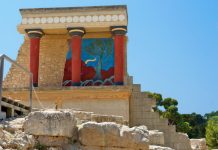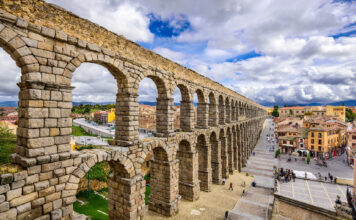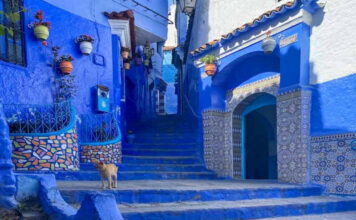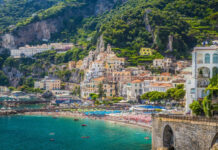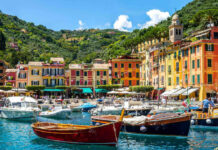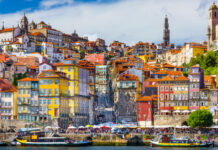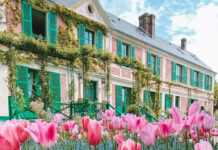Ancient Stadium Roots
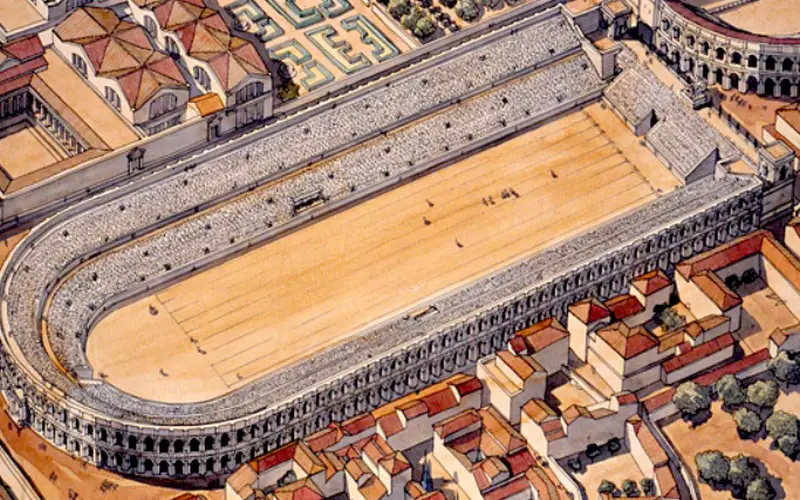
Piazza Navona stands on the site of the Stadium of Domitian, a grand ancient Roman stadium commissioned by Emperor Domitian in the 1st century AD. The stadium was primarily used for athletic contests and could accommodate up to 30,000 spectators. The shape of the original stadium is still reflected in the elongated form of Piazza Navona.
Baroque Masterpieces
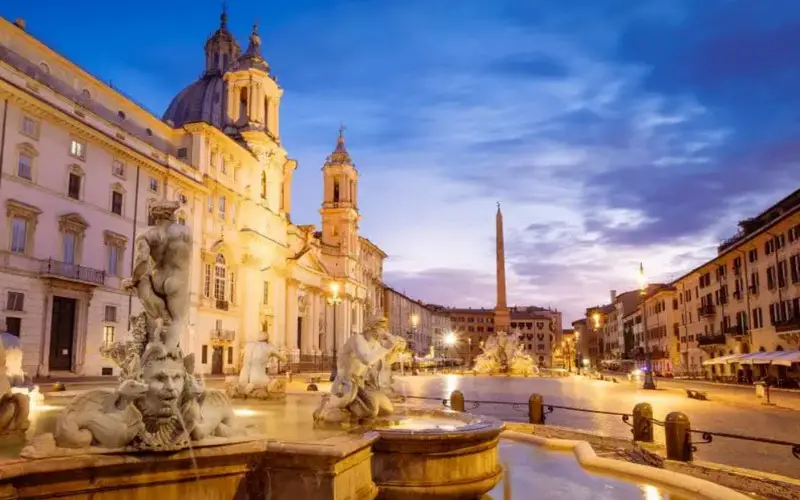
The square is surrounded by some of Rome’s finest examples of Baroque architecture. The three fountains that adorn Piazza Navona, along with the Church of Sant’Agnese in Agone and the Pamphilj Palace, contribute to the visual splendor that defines the Baroque era in Rome.
Fountain of the Four Rivers
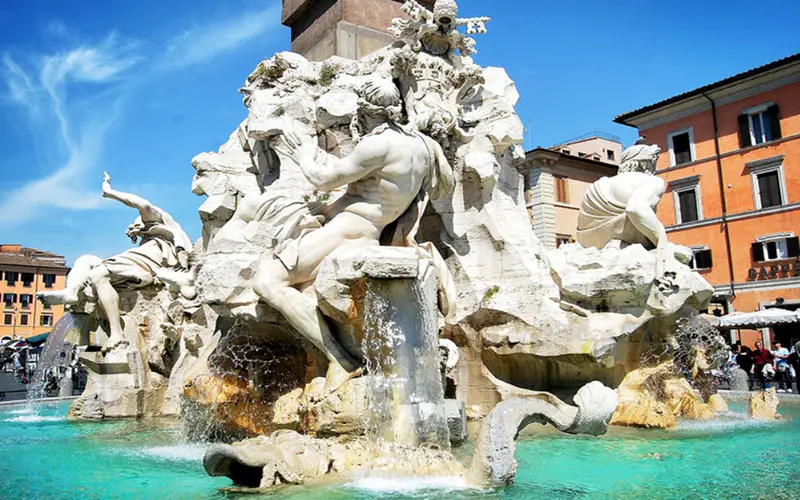
One of the most iconic features of Piazza Navona is the Fountain of the Four Rivers (Fontana dei Quattro Fiumi). Designed by Gian Lorenzo Bernini, the fountain represents the four major rivers known at the time—the Nile, Ganges, Danube, and Rio de la Plata. Each figure represents the river’s respective continent, creating a harmonious blend of artistic expression.
The Obelisk of Domitian
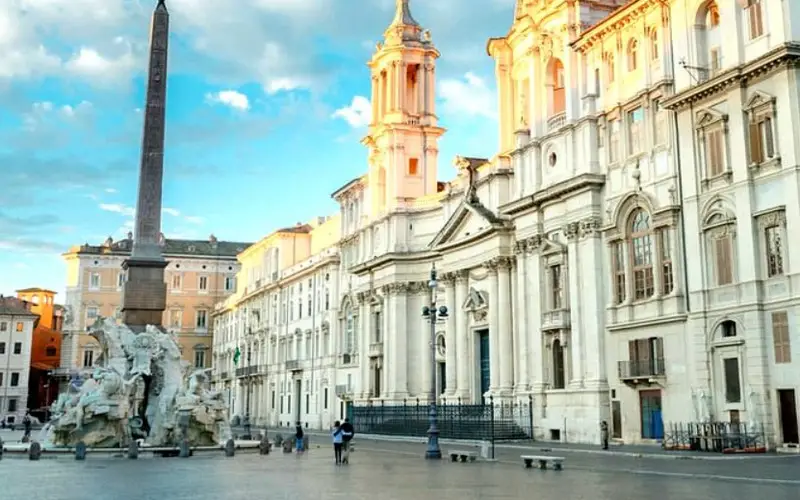
In the center of Piazza Navona stands the Obelisk of Domitian, an ancient Egyptian obelisk that once adorned the Circus of Maxentius. The obelisk, made of red granite, was originally erected in Heliopolis and later moved to Rome. Pope Innocent X had it placed in the center of the square, adding to the grandeur of Piazza Navona.
Fountain of the Moor
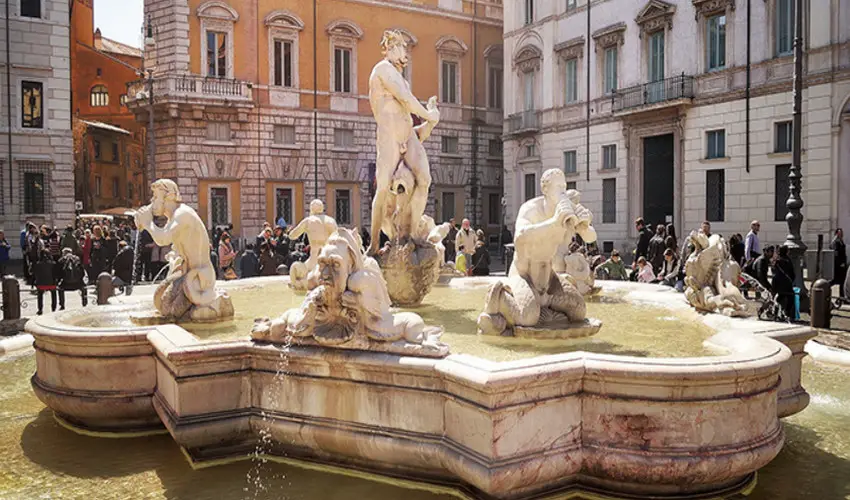
Adjacent to the southern end of the square is the Fountain of the Moor (Fontana del Moro). Sculpted by Giacomo della Porta and later modified by Bernini, the fountain features a central statue of a Moor wrestling with a dolphin. The inclusion of this fascinating sculpture adds a dynamic element to the visual narrative of Piazza Navona.
Fountain of Neptune
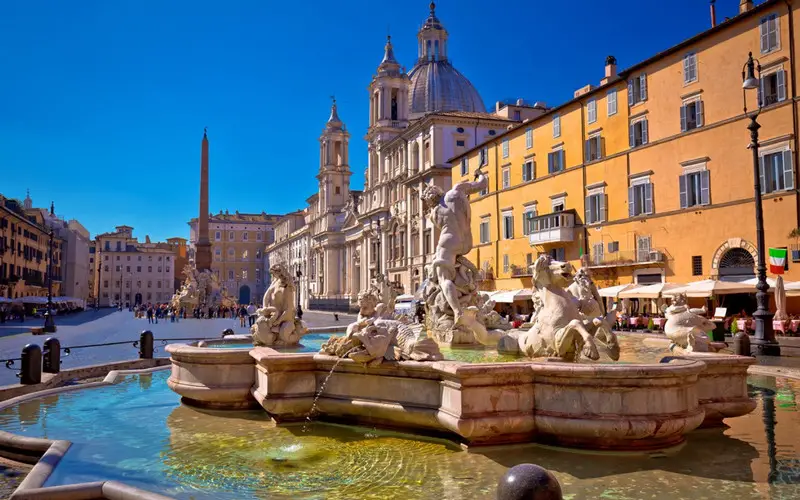
At the northern end of the square stands the Fountain of Neptune (Fontana del Nettuno), designed by Giacomo della Porta. This fountain features a statue of Neptune surrounded by seahorses and mythical creatures. The juxtaposition of the Fountain of Neptune with the Fountain of the Moor creates a sense of balance and symmetry within Piazza Navona.





